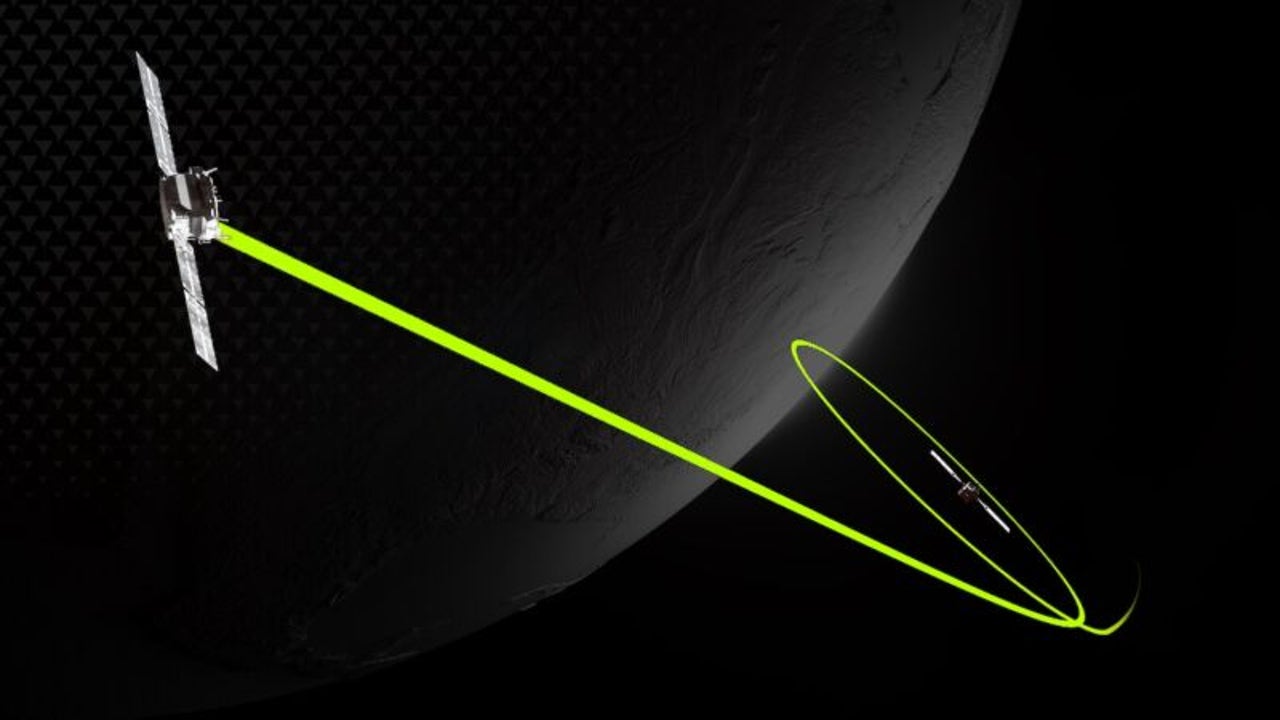The Space Force of the United States announced this Thursday the first military exercise to be carried out in low Earth orbit. The mission will be called Victus Haze and will simulate the US response to potential threats in space. Two satellites will be launched and must be able to intercept each other in maneuvers in which they will take turns to simulate the role of potential threat and interceptor.
The United States will conduct the exercise in partnership with two companies, Rocket Lab and True Anomaly. The general Michael Guetleindeputy chief of space operations of the Space Force, has noted about the mission that “when another nation places an asset in space and we do not know very well what it is, we do not know what its intention is, we do not know what its capabilities are, we need to be able to go there and find out what this thing is”. The satellites of both companies should be ready by the fall of 2025.
The Victus Haze mission foresees that the True Anomaly spacecraft, jackalbe cast first in the role of potential adversary, either from the Space Force base at Cape Canaveral or from Vandenberg base. 24 hours later Rocket Lab will launch its own, from a site in New Zealand or Virginia, with the objective of approaching and inspecting the “enemy” satellite. Later, both satellites will exchange roles.
“Ultimately, this demonstration will prepare the United States Space Force to provide future forces to combatant commands to conduct rapid operations in response to adversary aggression in orbit,” he explained. Evan Rogersco-founder and CEO of True Anomaly.
The development of the mission will go through several phases– Active standby, activation, alert and launch, each designed to ensure readiness and responsiveness.
The Space Force's contract with Rocket Lab and True Anomaly means 32 million dollars for the first and 30 for the second, although True Anomaly also has other 30 millions of dollars of private capital for this mission. The total cost amounts to 92 million.
Victus Haze is the next in a series of military missions dedicated to validating the capabilities of Tactically Responsive Space, TacRS for its acronym in English. With this program, the Space Force and its commercial partners have demonstrated how they can reduce the time it takes to prepare and launch a satellite.
Last year, the Space Force partnered with Firefly Aerospace and Millennium Space Systems for the mission Victus Nox. The Victus Nox satellite was built and tested in less than a year and then was ready for launch in less than 60 hours. Firefly successfully launched the spacecraft on its rocket Alpha 27 hours after receiving launch orders from the Space Force, an achievement in an industry where satellites take years to build and launch campaigns usually last weeks or months.
“We can no longer afford to wait years, even 10 or 15 years, to deliver some of these capabilities,” Guetlein said in a January debate hosted by the Center for Strategic and International Studies. “A tactically relevant schedule is a matter of weeks, days or even hours“.
“Victus Haze tries to continue breaking those paradigms and show how we could quickly create a space domain awareness capability and operate it in real time against a threat“Guetlein stated.

